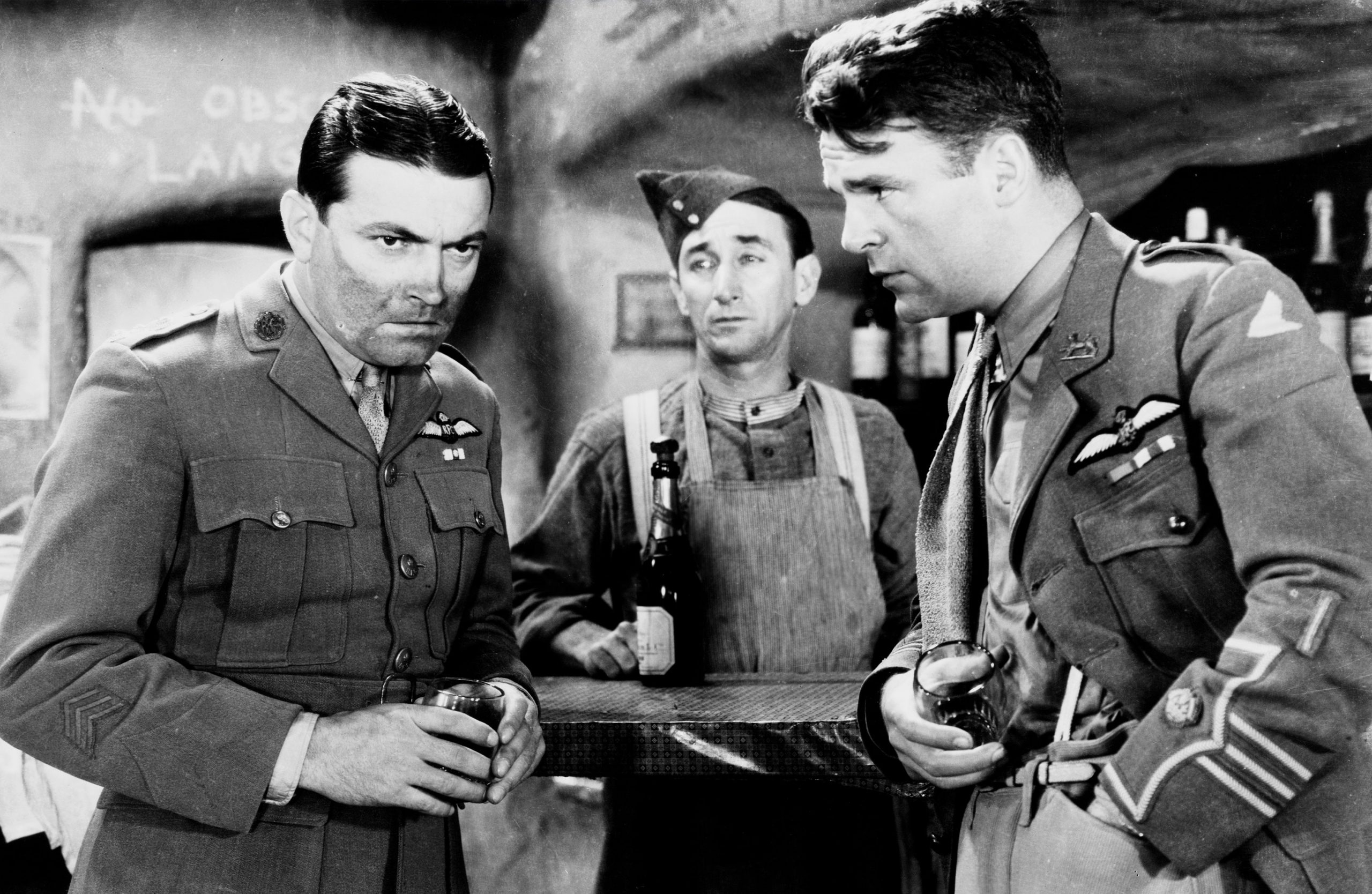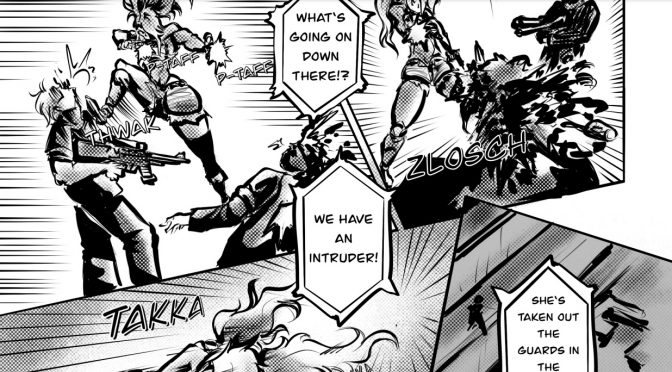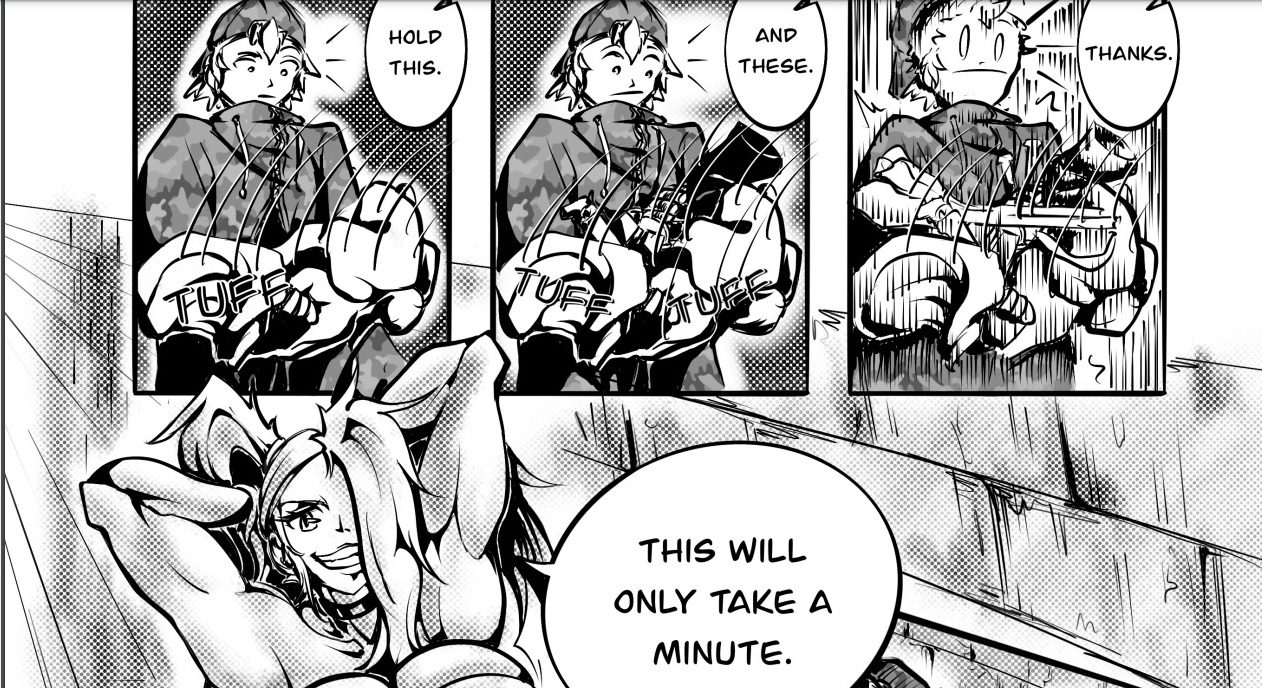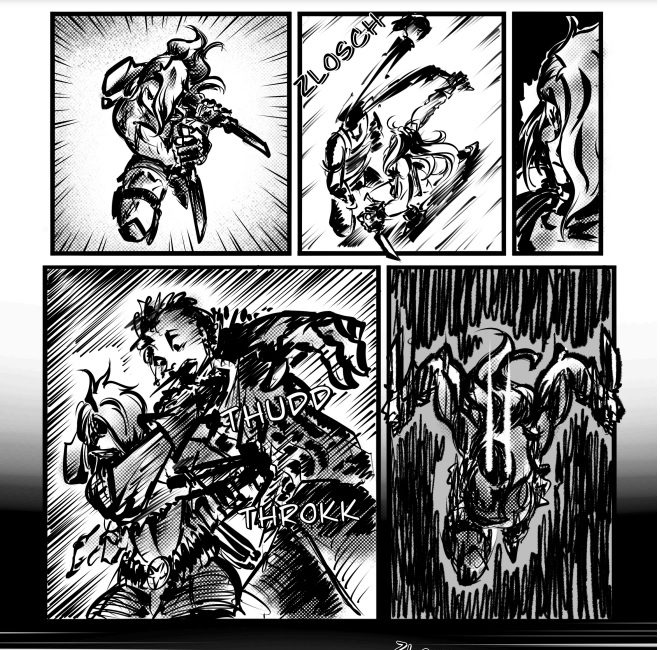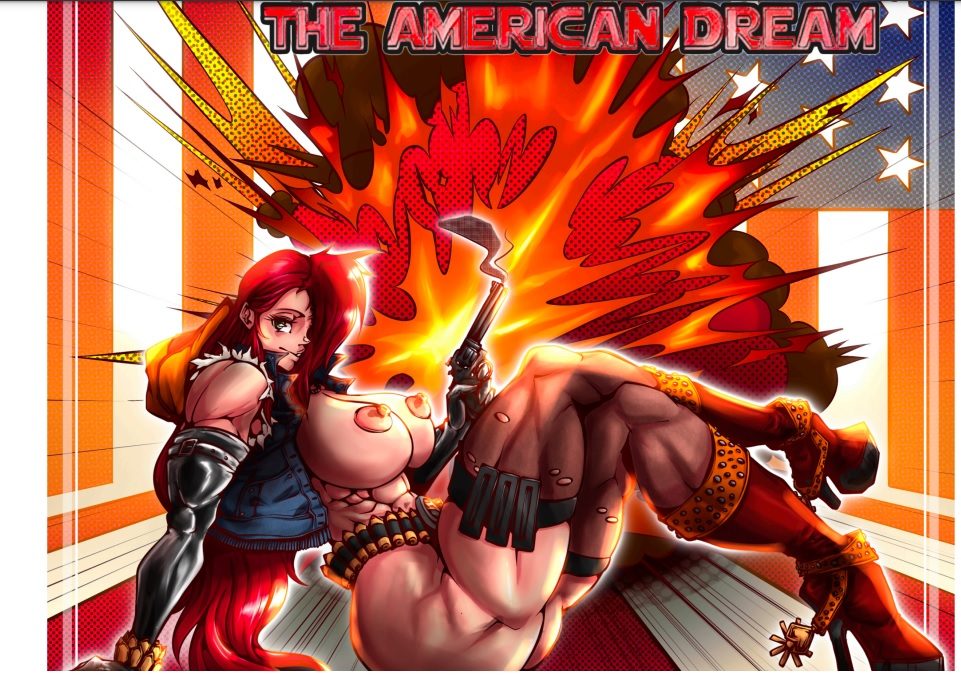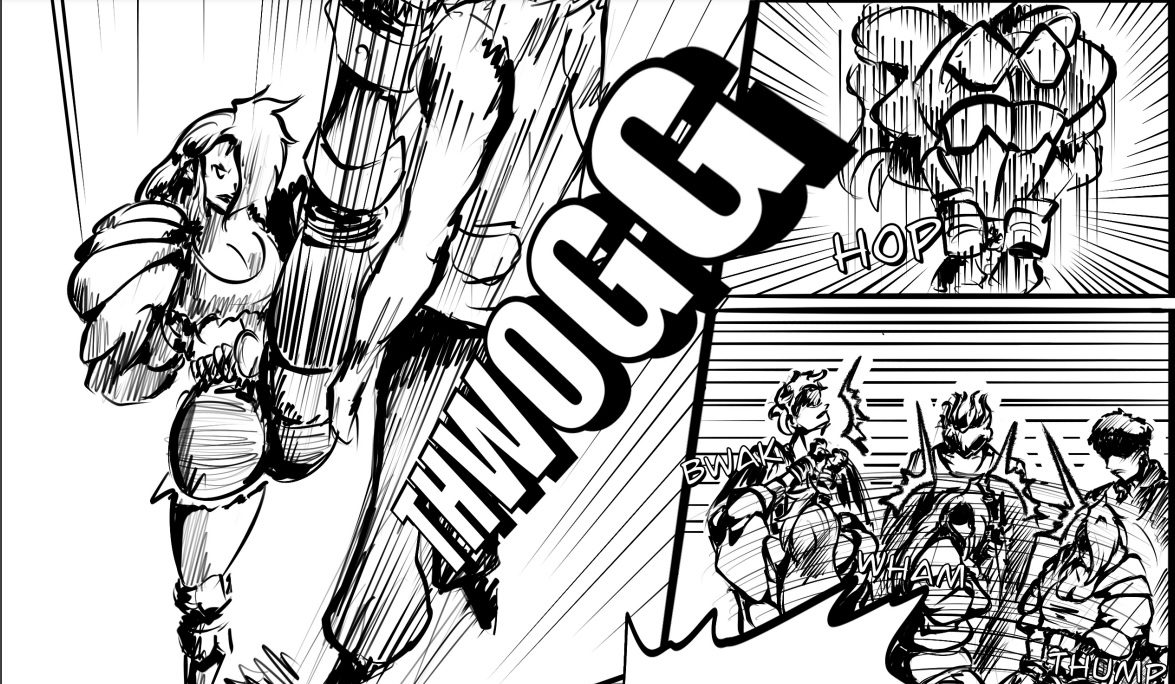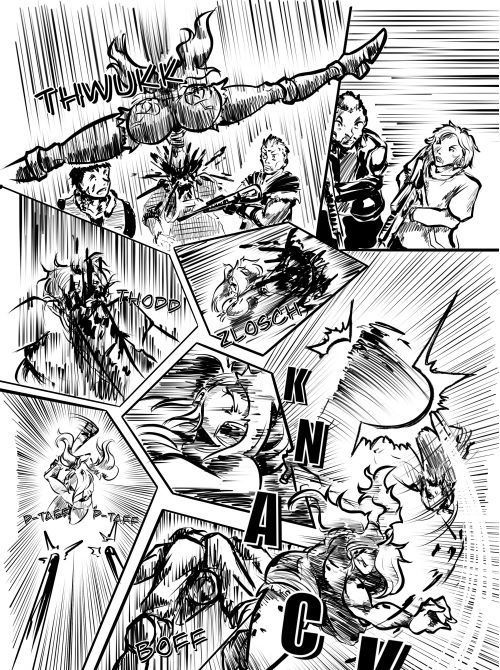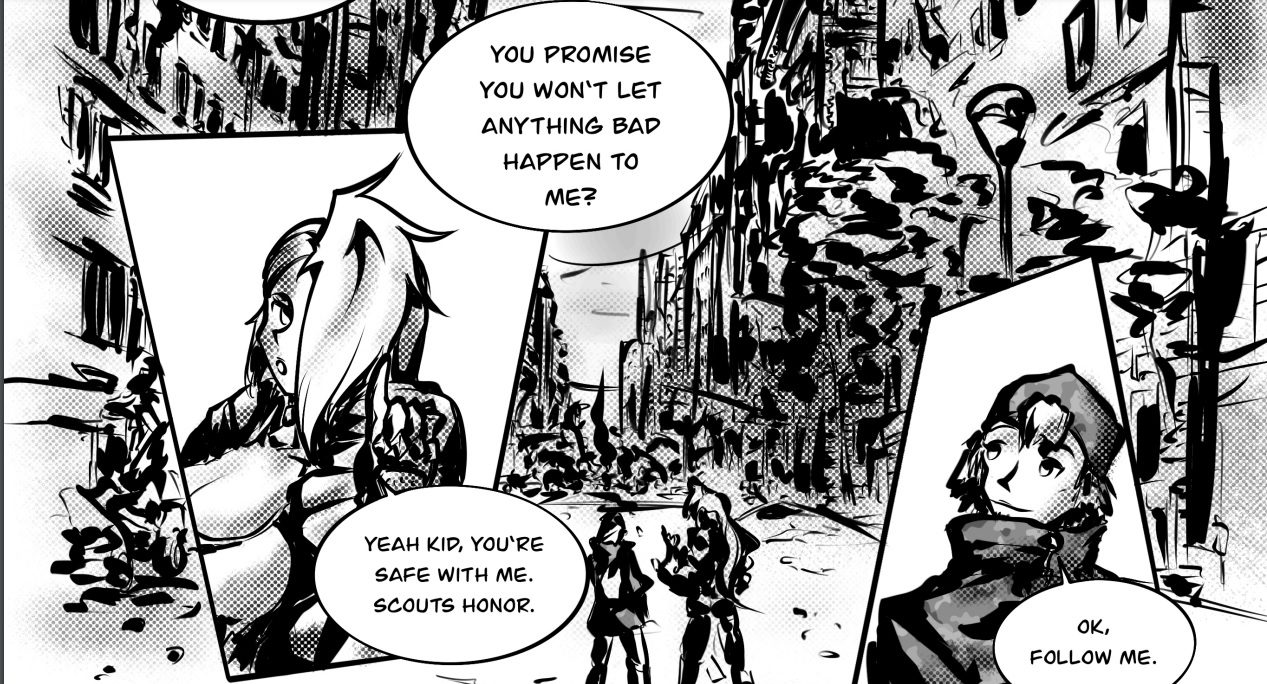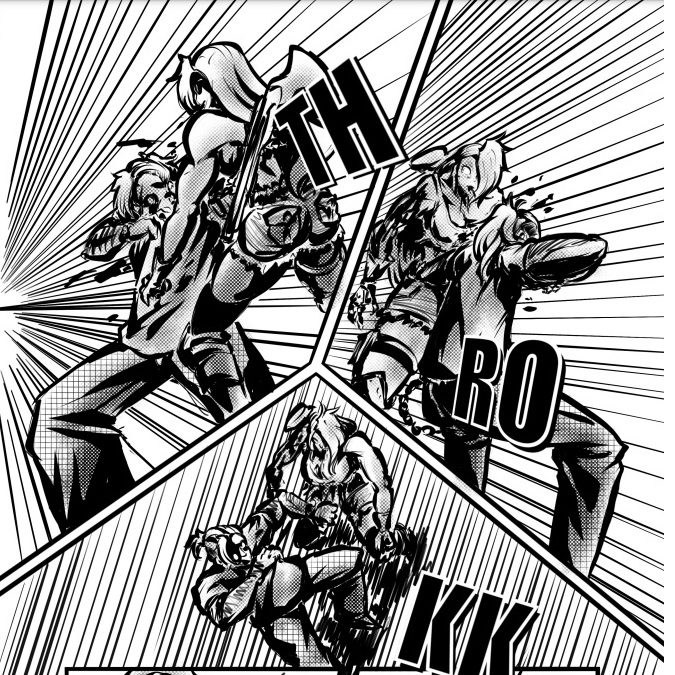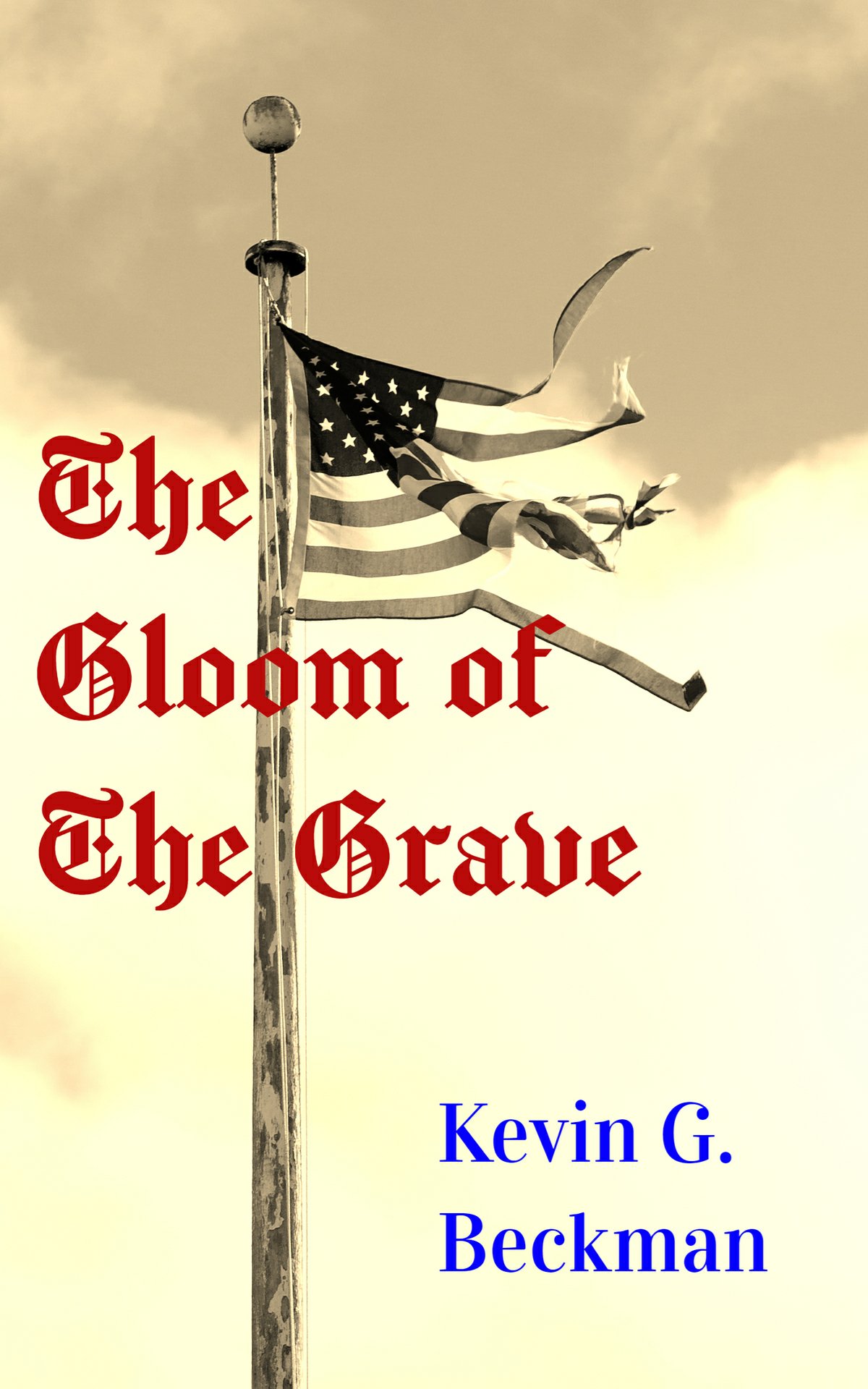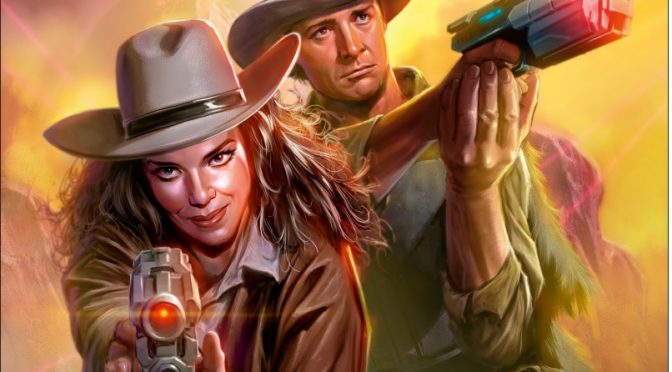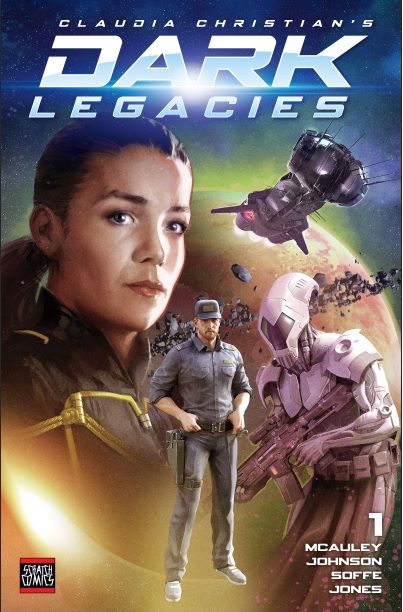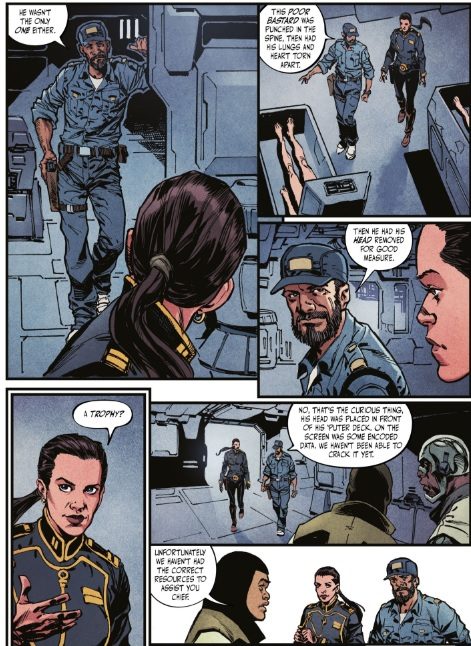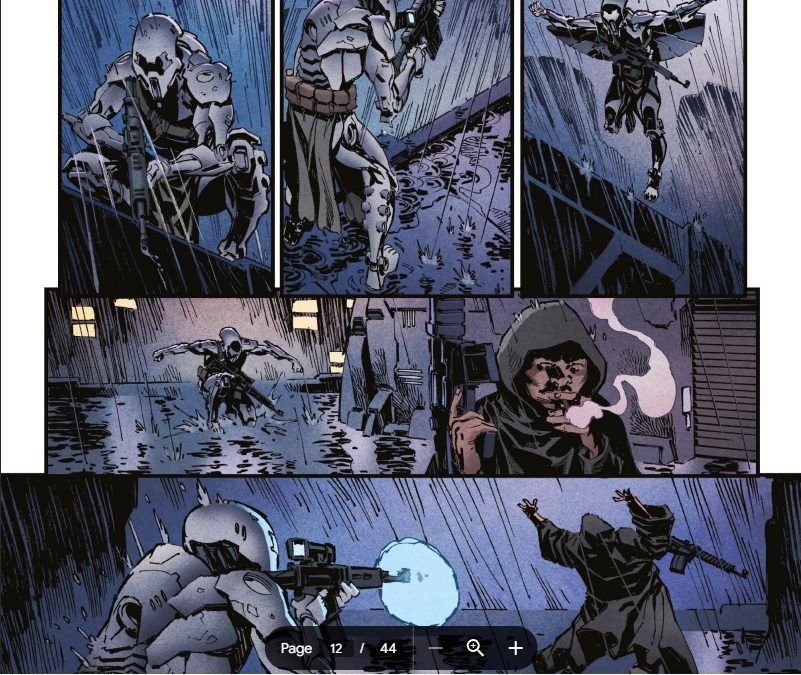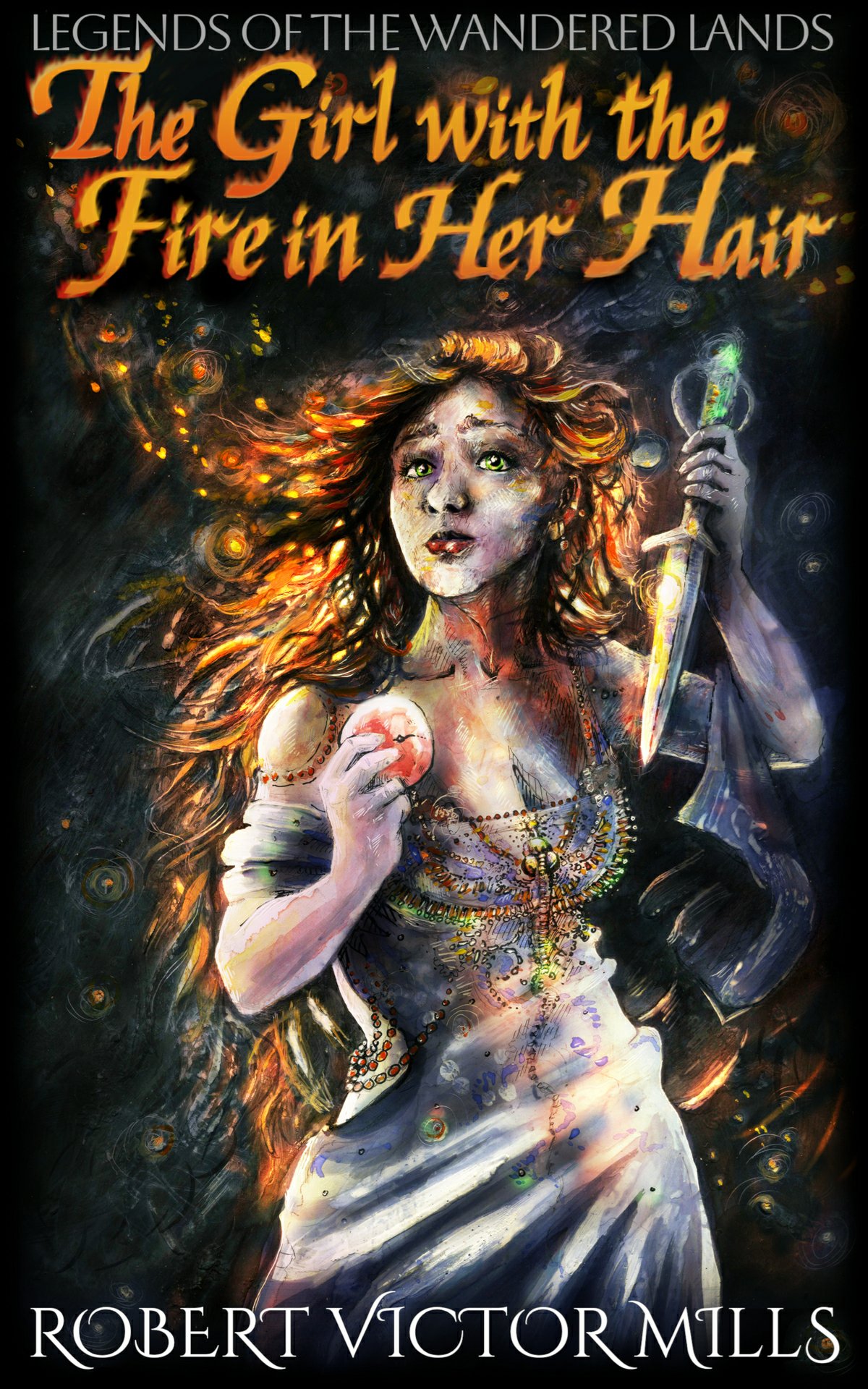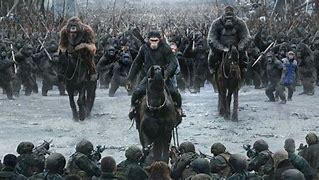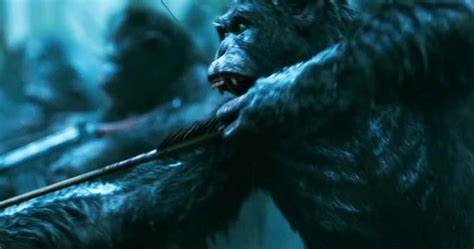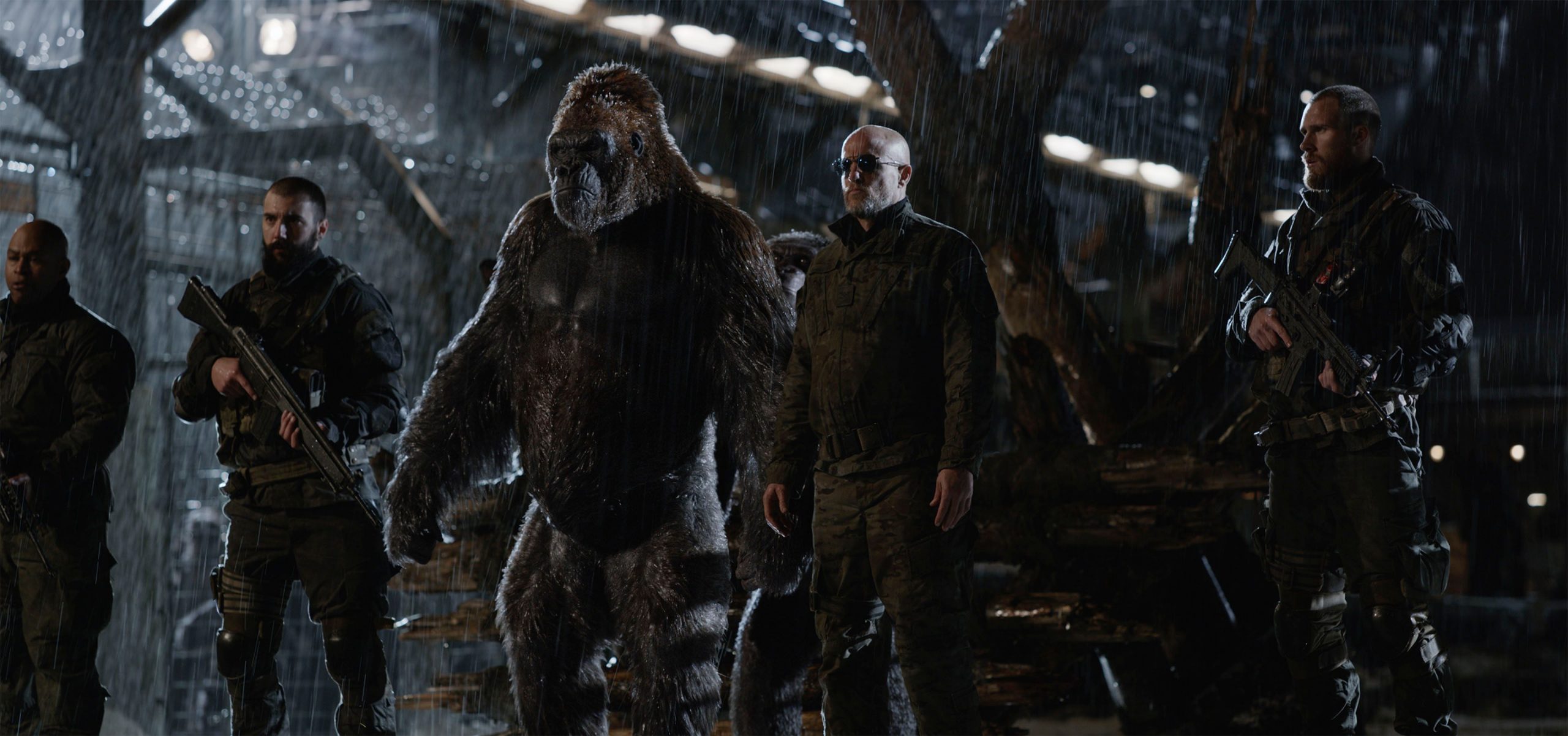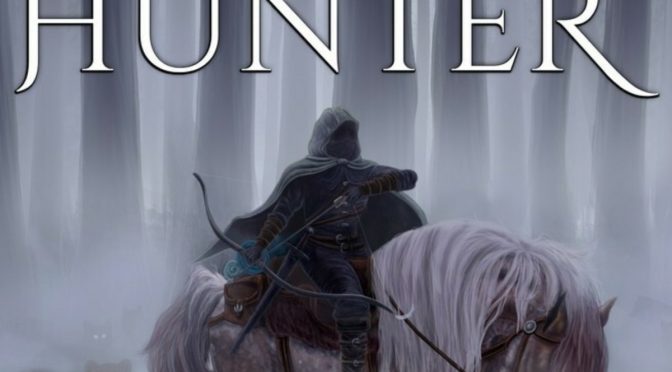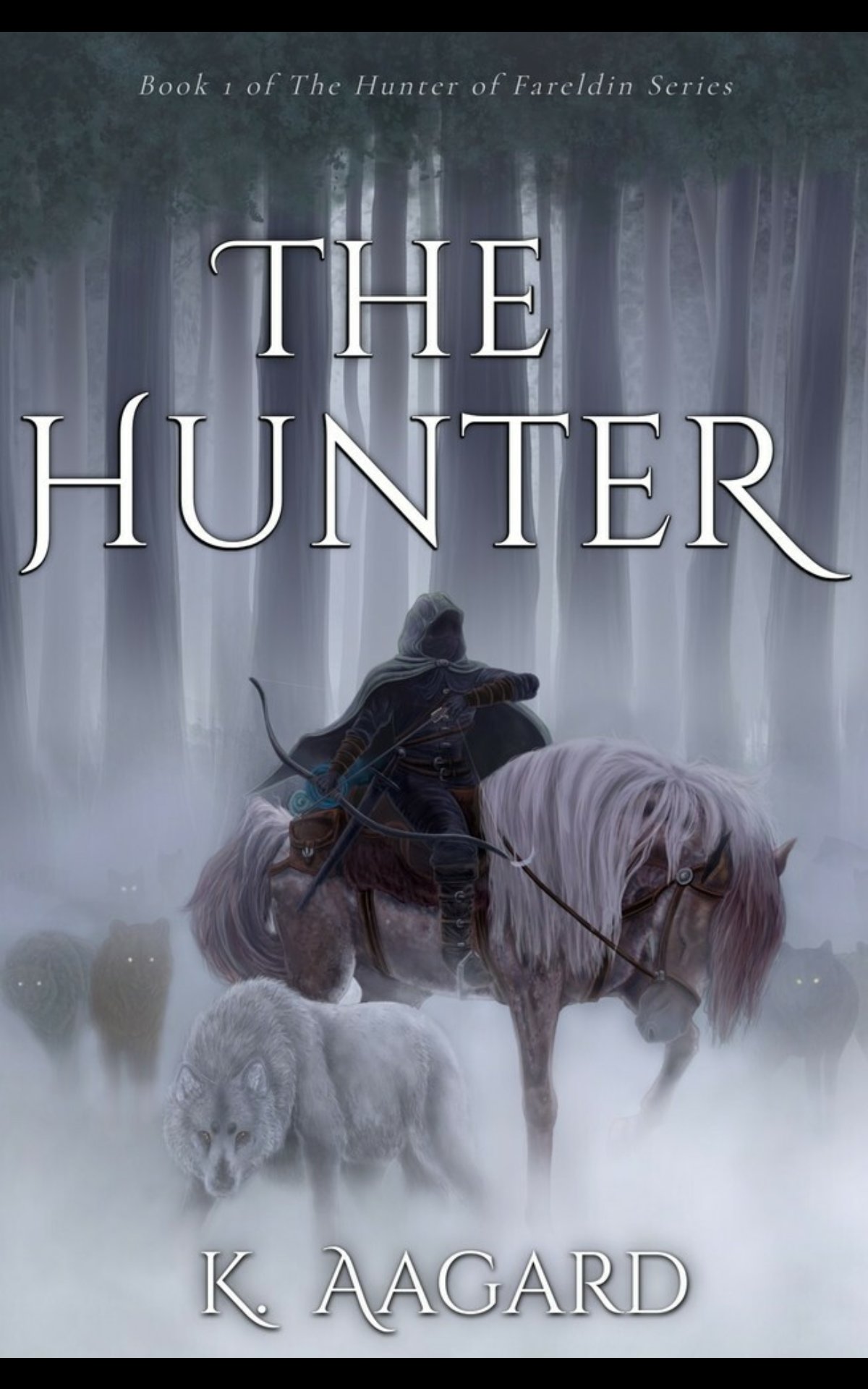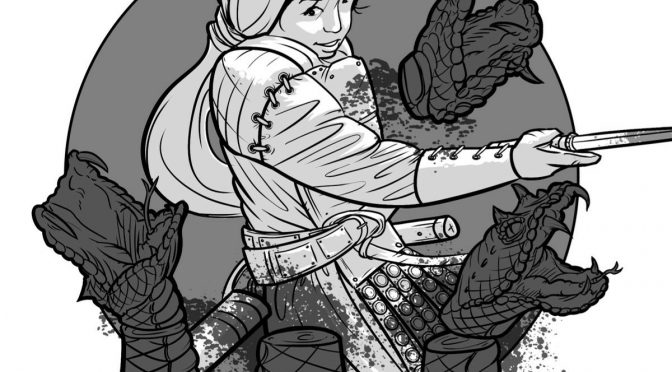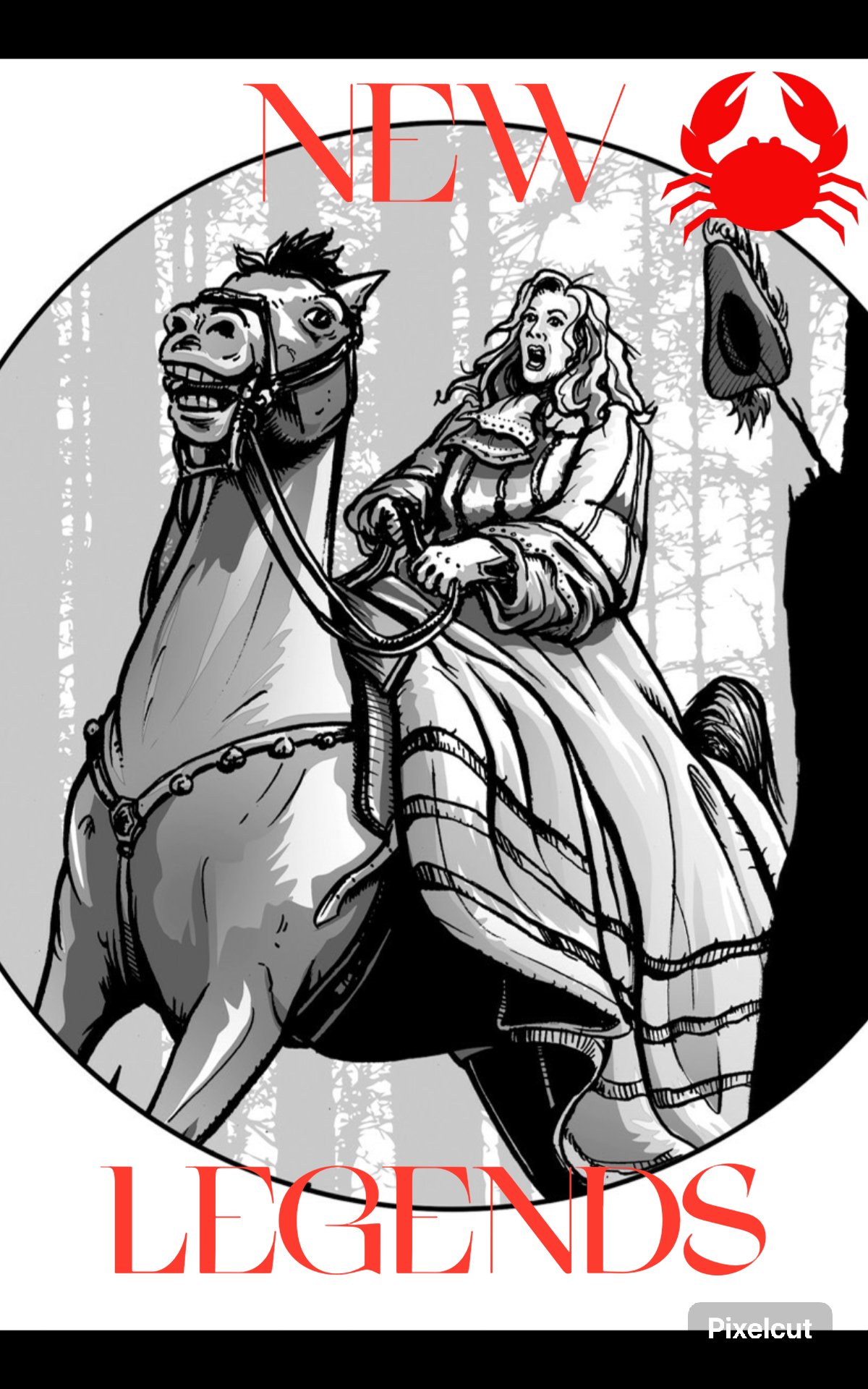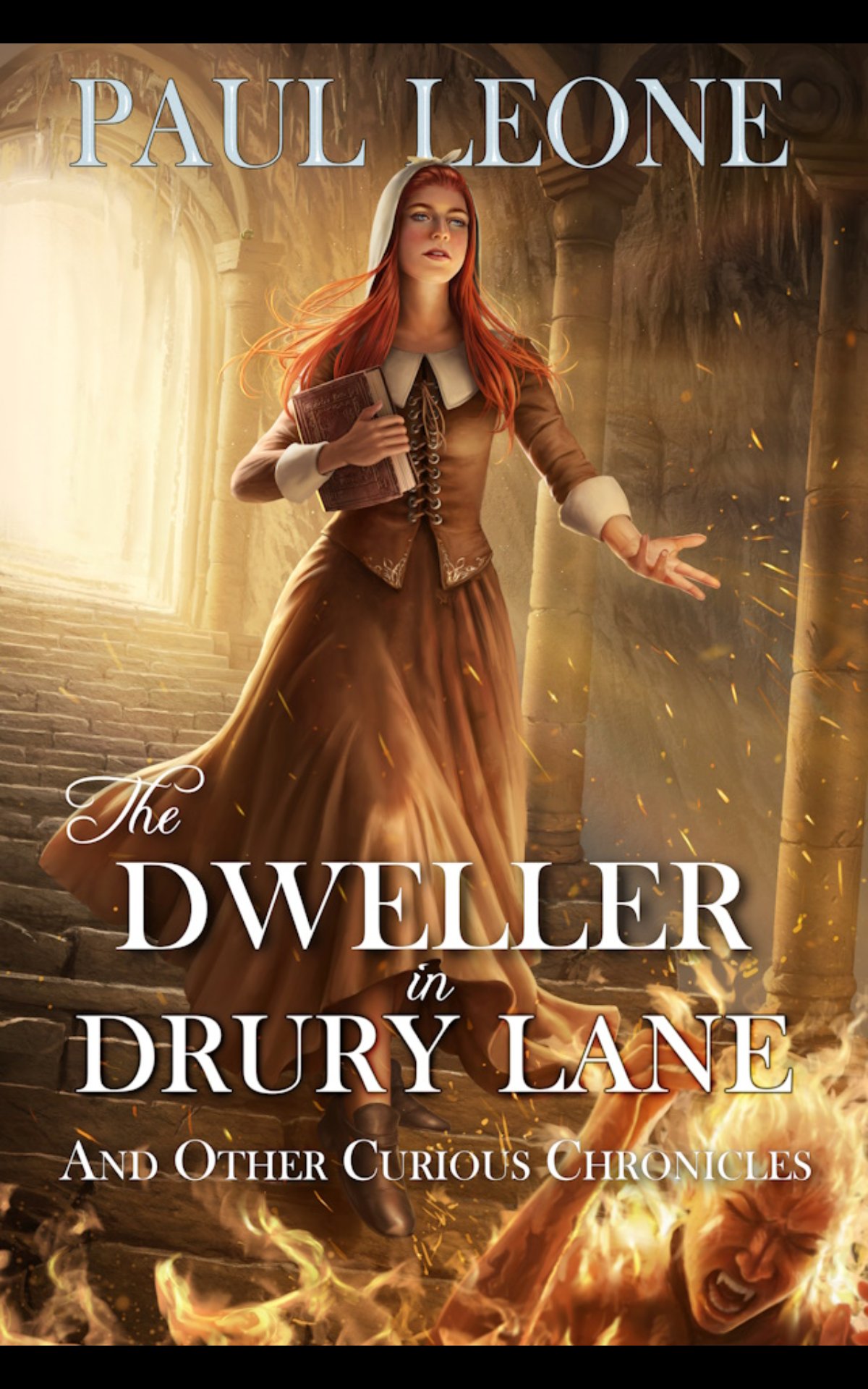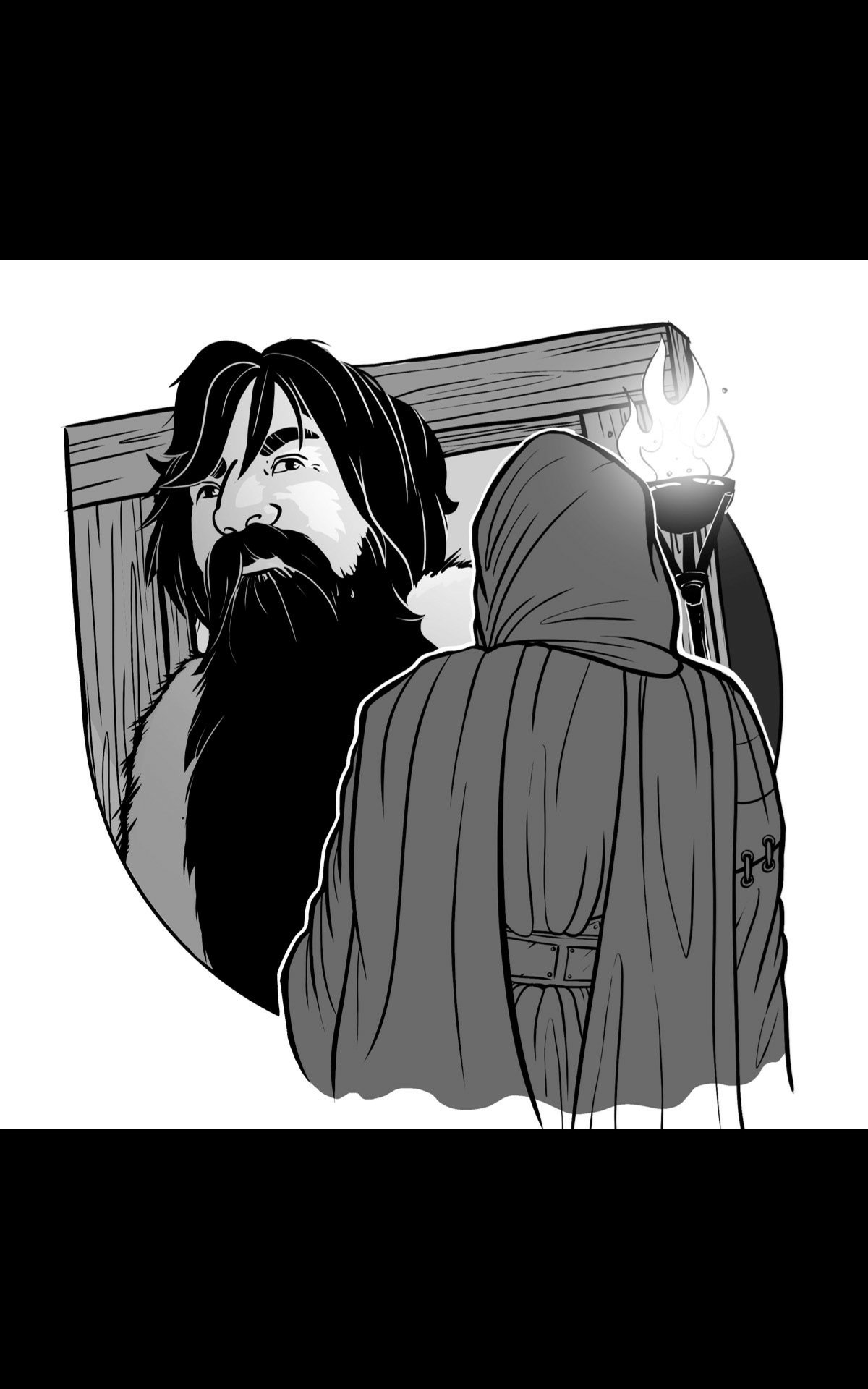(Directed by Alain Resnais)
Reviewed by
![]()
The first movie on the INFAMOUS🦀 Top-5 Movie List is a visual spectacle with no equals. Directed by French visionaire A. Resnais, this masterpiece belongs to the French New Wave movie scene which came about in the 1950s and was characterized by new and unconventional shooting and editing techniques, creating something never seen before on the big screen.
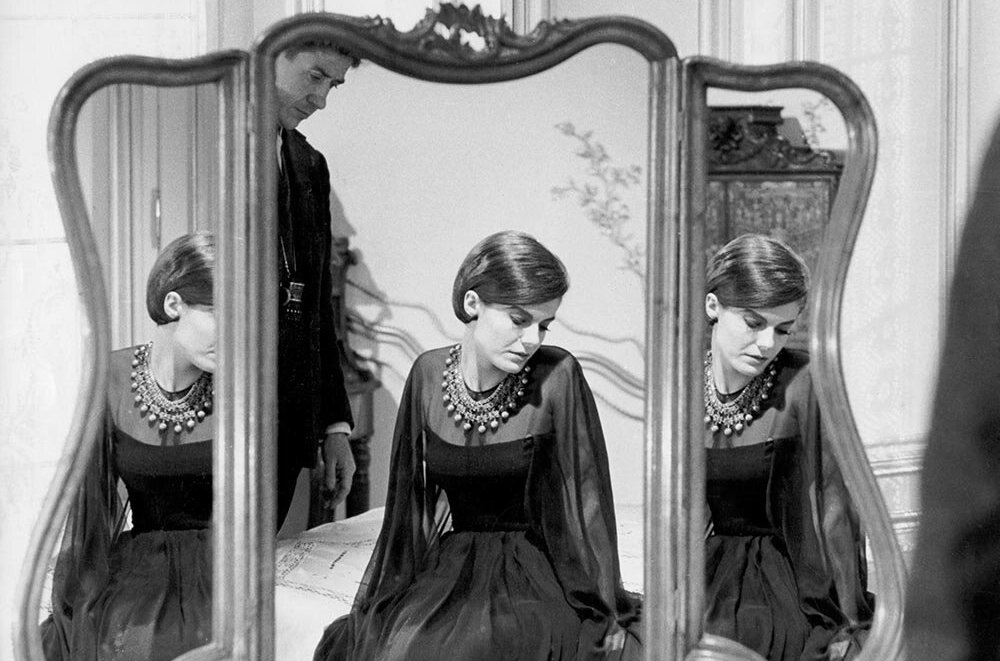
PLOT:
The plot is as surreal as the visuals themselves: you have a splendid yet ethereal luxury hotel resort somewhere in Europe (Austria? France? Another reality?). Guests mingle and interact; a man converses with a woman claiming they met each other the year before, though the woman seems not to recall that. Everything feels slightly Stanley Kubrick-ish: is the woman dreaming all this? Is she even alive or a wandering ghost? And why does this entire hotel feel so strange even though we can’t quite put our finger on it?
CG vs REAL LOCATIONS:
Part of the initial effect that the sets have on audiences is due to a good chunk of filming taking place at the palaces of Schleissheim and Nymphenburg, including the Amalienburg hunting lodge, and the Antiquarium of the Residenz, all of which are in and around Munich, Germany. I’ll keep saying this until the cows come home: CG has ruined modern film-making. Real locations, particularly when it comes to historical locations, have a ‘life’ of their own, for lack of better terms. The shooting locations of Last Year at Marienbad not only provide the perfect backdrop for the actors’ performances, they become an additional character themselves. Whether you roam through the halls of this majestic building, or walk around its magnificent gardens, you just sense an otherworldly atmosphere at every corner.
THE PROTAGONIST:
French actress Delphine Seyrig plays The Woman at the center of this surreal experience (and yes, characters in this movie don’t have names, they’re just The Man, The Woman, The Second Man, etc.). For a movie to be a masterpiece of this caliber you need to have a lead that can carry and embody the spirit of the movie, and Seyrig does all that and then some! She can just look at the camera without speaking a single word and enchant an entire audience! The only present day actress that even comes remotely close to her is Nicole Kidman, perhaps. But I digress…
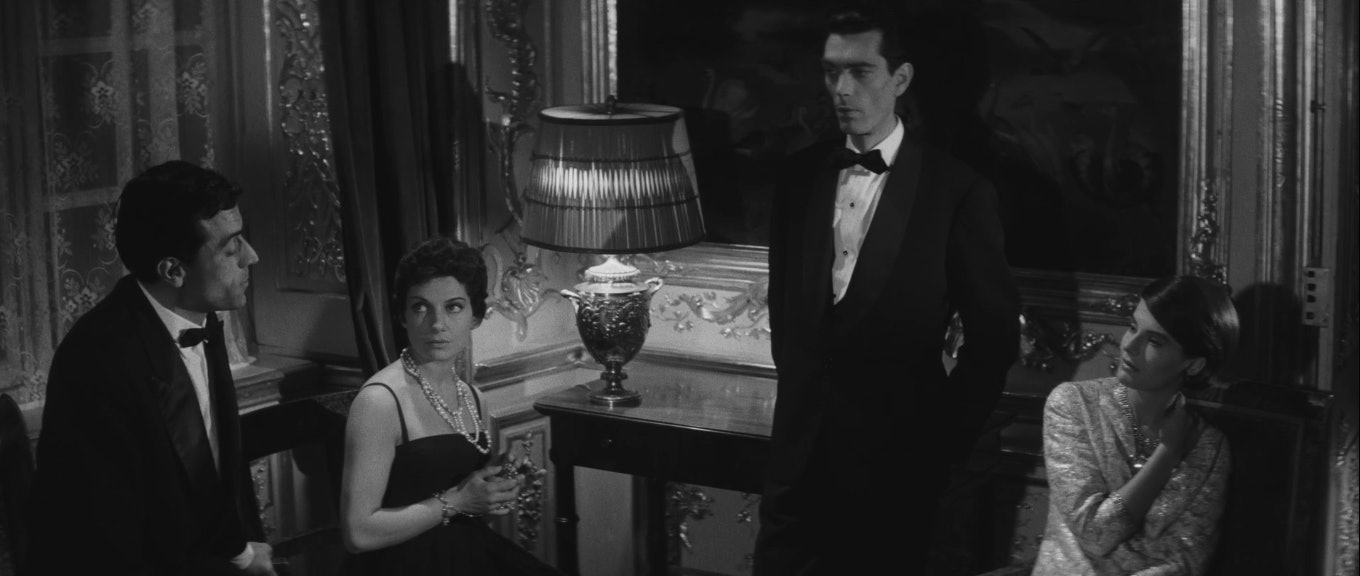
This movie absolutely required a lead actress who could convey emotions with her eyes and her subtle gestures: over-act a scene and you look silly; under-act a scene and the audience won’t be able to connect. Seyrig accomplished that marvelously!
FROM SCRIPT TO SCREEN:
Robbe-Grillet who wrote the screenplay jotted down every detail, specifying not only the dialogue and gestures and décor, but also the placement and movement of the camera and the sequencing of shots in the editing. Director Resnais filmed the script with great fidelity, and when Robbe-Grillet, who was not present during the filming, saw the rough cut, he said he found the film just as he had intended it, while recognizing how much Resnais had added to make it work on the screen and fill out what was absent from the script…
Which brings me to the next major point I want to make: a script should be adapted to screen in all of its authenticity and with no changes as to affect the nature of its content in order to appeal to particular groups or audiences or in order to not offend somebody. When a script has to pass through 3 or 4 different hands, chances are that what ends up on screen is just a mockery of what the original story wanted to be. A good director will only use his/her talent and skills to best express what the script wants to convey. That’s it. End of story.
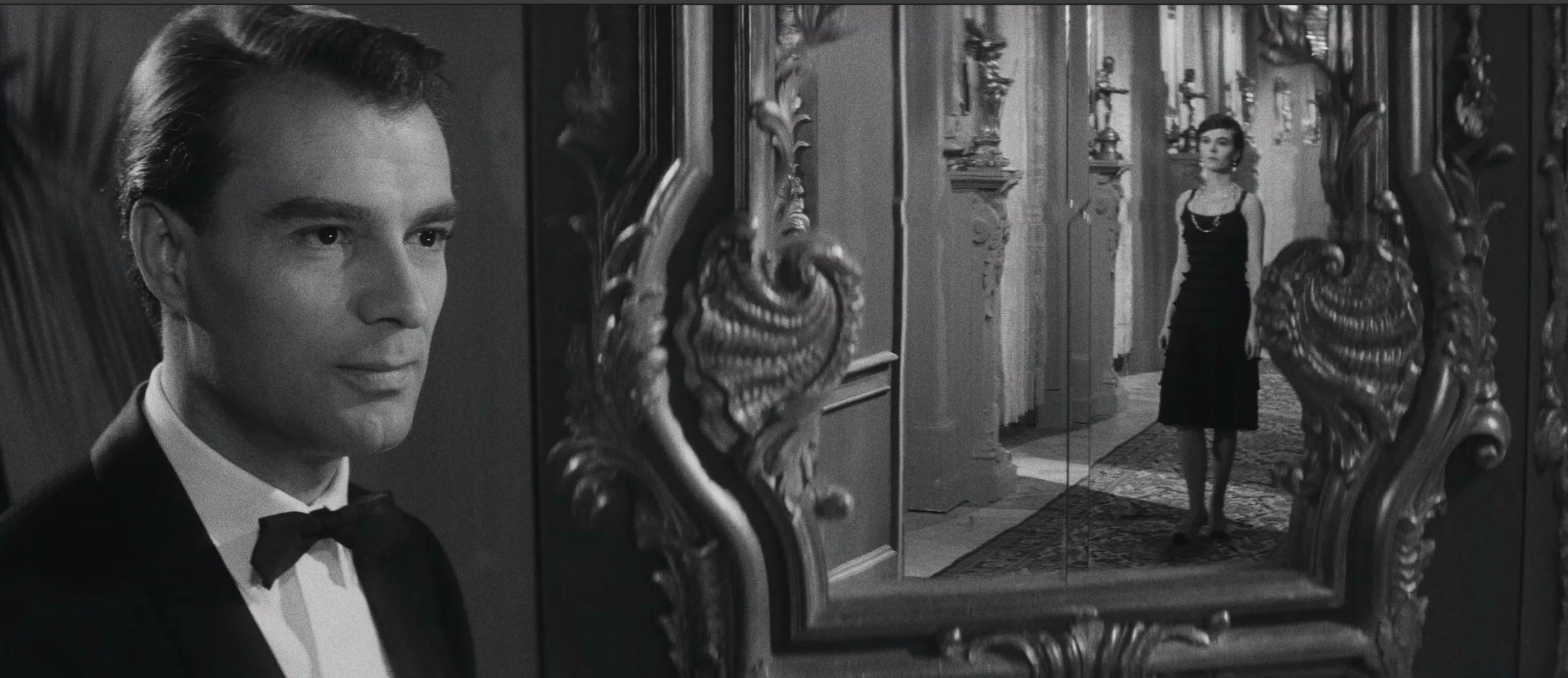
CLOSING REMARKS:
In closing, Last Year at Marienbad remains one of the best yet subtle visual feasts in cinema today: it’s elegant, grand, stylish; yet dark, unsettling, mysterious, ethereal.
Who are all these elegant people? What’s their story? Well, to this day fans of the movie still come up with exciting theories to such enigmas.
Watch for yourself, and let us know what your theory is. But make sure you don’t get lost while roaming through the halls of Marienbad!
🦀
*Make sure to watch the 55th Anniversary movie trailer (above)!




